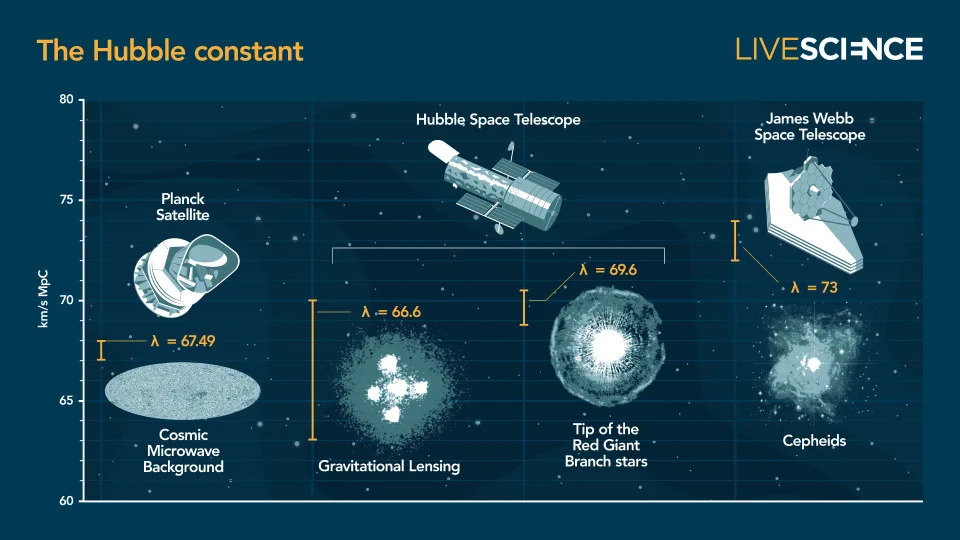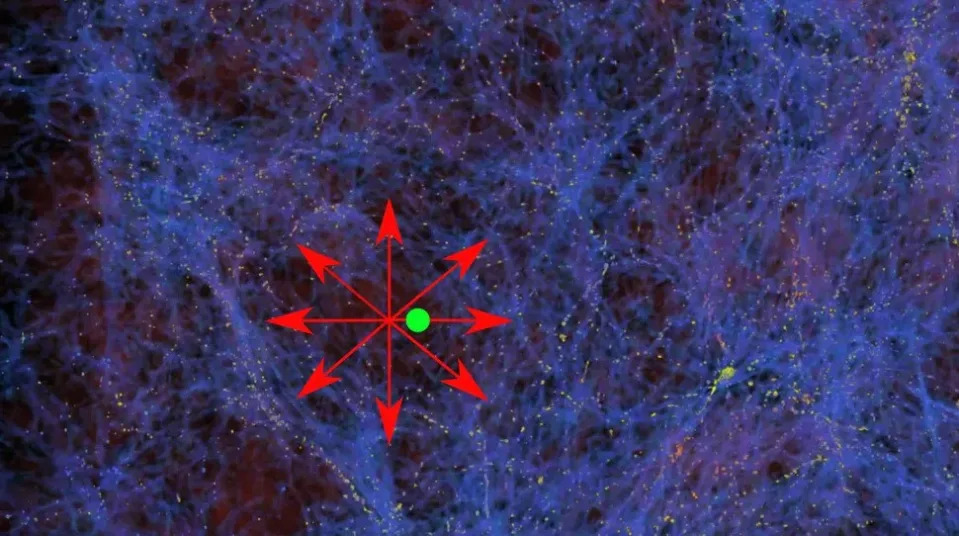Aria Alamalhodaei
Fri, December 22, 2023

Firefly Aerospace sent its Alpha rocket to orbit this morning, with the company carrying a payload from Lockheed Martin to space. However, the company has yet to update the public on whether it successfully deployed the satellite to its destination orbit – which could suggest an issue with the rocket's second stage.
Today’s launch marks the fourth-ever flight of Firefly’s Alpha rocket. The vehicle took off from California’s Vandenberg Space Force Base at 9:32 AM local time. The mission, called Fly the Lightning, was a commercial launch for customer Lockheed Martin. The rocket was carrying Lockheed’s demonstrator payload, called the Electronically Steerable Antenna (ESA) technology demonstrator, to low Earth orbit.
At around 9:40 am local time, Firefly tweeted that it would relight Alpha's second stage engine to circularize its orbit in around 40 minutes. From there, the Lockheed Martin payload should have been deployed. But the company has yet to provide an update four hours later.
ESA is a type of antenna array that can be electronically steered. Lockheed says its proprietary design will enable the company to calibrate the new ESA sensor at a fraction of the time compared to traditional on-orbit sensors, which can take months to power on and be ready for operation. The company’s ESA demonstrator payload was integrated on a satellite bus built by Terran Orbital (Lockheed owns nearly 7% of the outstanding shares in Terran).
While the primary aim of the mission is deploying the payload, Firefly said that its mission team is also tracking the total working hours from when they received the payload to launch readiness, to continue demonstrating to the Space Force that it’s capable of providing rapid launch capabilities.
Rapid launch is top-of-mind for the Space Force; Firefly already demonstrated it once during the last Alpha mission that set a new record for launch readiness. For that mission, Firefly had just 24 hours to complete final launch preparations, encapsulate the payload and mate it to the rocket.























